
by Lara Land | Jun 10, 2023 | COACHING, COMMUNITY, LAND BLOG, LARA LAND, Self Improvement, SELF-IMPROVEMENT
In our interconnected world, we have the ability to witness and empathize with the pain and suffering of others like never before.
From the comfort of our screens, we can experience stories of tragedy and injustice unfolding in real time. While empathy is often celebrated as a powerful force for compassion and social change, it is essential to recognize that constantly absorbing the trauma of others can take a toll on our own well-being. This phenomenon is known as vicarious trauma.
Understanding Vicarious Trauma:
Vicarious trauma, also referred to as secondary traumatic stress, is the emotional and psychological residue of being exposed to the trauma experienced by others. It primarily affects individuals who work in helping professions such as healthcare, social work, emergency services, and journalism, but it can also impact anyone who regularly witnesses or engages with traumatic material.
Causes of Vicarious Trauma:
Vicarious trauma occurs when individuals internalize the stories, emotions, and images associated with the trauma they witness. The constant exposure to others’ pain can overwhelm the empathetic system, leading to an erosion of psychological resilience. Some common causes of vicarious trauma include:
- Repeated exposure to traumatic material: Continually encountering distressing stories, graphic images, or traumatic events can gradually wear down a person’s emotional well-being.
- Empathy and identification: Deeply connecting with the experiences of others can lead to an emotional merging, making it challenging to separate oneself from the trauma being witnessed.
- Lack of self-care: Neglecting one’s own needs, failing to set boundaries, and not engaging in self-care practices can leave individuals vulnerable to vicarious trauma.
Recognizing the Symptoms:
The symptoms of vicarious trauma can manifest differently in each individual, but common signs include:
- Intrusive thoughts or nightmares related to the traumatic events witnessed.
- Emotionalå exhaustion, including feelings of hopelessness, sadness, or irritability.
- Increased sensitivity to trauma triggers, such as avoiding certain topics or situations.
- Diminished ability to empathize or feeling emotionally numb.
- Changes in worldview, such as a loss of trust in others or a heightened sense of fear or vulnerability.
- Physical symptoms, such as headaches, sleep disturbances, or a weakened immune system.
Mitigating and Managing Vicarious Trauma:
Recognizing and addressing vicarious trauma is crucial for maintaining our own well-being while continuing to support and empathize with others. Here are some strategies to help manage and mitigate its impact:
- Self-care: Prioritize self-care practices such as regular exercise, proper nutrition, sufficient sleep, and engaging in activities that bring you joy and relaxation.
- Boundaries: Set clear boundaries between your personal and professional life. Establish limits on the amount of traumatic content you consume and create a healthy balance.
- Seeking support: Talk to trusted friends, colleagues, or mental health professionals who can provide a safe space for you to process your feelings and experiences.
- Mindfulness and grounding techniques: Engage in mindfulness exercises, deep breathing, or grounding techniques to bring yourself back to the present moment and reduce anxiety or distress.
- Healthy coping mechanisms: Engage in activities that promote resilience and well-being, such as journaling, art therapy, meditation, or participating in hobbies you enjoy.
- Professional development: Seek ongoing education and training in trauma-informed practices to better understand the psychological impact of trauma and to implement effective strategies for self-care.
If you want to learn more about secondary trauma and what to do to heal from it, make sure to tune in to this week’s episode of the Beyond Trauma Podcast where I’ll be covering this topic with Dr. Trudy Gilbert. This is also the subject of the healing work I’ll be offering at Kripalu from June 30th – July 2nd. Hope to see you there.

by Lara Land | Jun 4, 2023 | COACHING, COMMUNITY, LAND BLOG, LARA LAND, Self Improvement, SELF-IMPROVEMENT
The journey of healing from trauma can be a challenging and complex process.
However, there are therapeutic techniques that can assist in navigating the path to recovery. Two powerful methods that have shown remarkable effectiveness in trauma processing are titration and pendulation. These approaches, often utilized in somatic experiencing and other trauma-focused therapies, provide a gentle and empowering way to engage with traumatic experiences. In this blog, we will explore how titration and pendulation can help us process trauma, allowing for profound healing and growth.
Understanding Trauma:
Trauma can manifest in various forms, whether through a single overwhelming event or prolonged exposure to distressing circumstances. It leaves a deep impact on our nervous system, affecting our physical, emotional, and psychological well-being. Processing trauma involves safely revisiting and releasing stored traumatic energy, transforming it into manageable and integrated experiences. This is where titration and pendulation come into play.
Titration: Breaking Trauma into Digestible Pieces
Titration, borrowed from chemistry, refers to the careful and deliberate breaking down of a substance into smaller components. When applied to trauma therapy, it involves focusing on small, manageable aspects of the traumatic experience rather than overwhelming ourselves with the entire event. This approach allows us to maintain a sense of safety and control during the healing process.
Through titration, we can gradually explore fragments of the trauma, pacing ourselves based on our readiness. This measured approach ensures that we don’t retraumatize ourselves by diving too deep, too quickly. Instead, we carefully titrate our exposure to the traumatic material, giving ourselves time to process and integrate each piece before moving forward.
By repeatedly engaging with manageable aspects of the trauma, we build resilience and tolerance to the distressing emotions and sensations associated with it. This step-by-step method reduces overwhelm and promotes a sense of empowerment, ultimately facilitating healing and restoration of our nervous system’s equilibrium.
Pendulation: Moving between Trauma and Safety
Pendulation is a complementary technique that involves intentionally shifting our awareness between the traumatic material and resources that provide a sense of safety and well-being. Traumatic experiences often create a physiological and psychological split, where we become stuck in a state of hyperarousal or dissociation. Pendulation helps to bridge this gap and restore balance.
By moving our attention between the distressing aspects of trauma and the present moment’s safety and stability, we encourage the nervous system to regulate itself. We learn to tolerate the discomfort associated with trauma while simultaneously accessing our internal and external resources, such as feelings of safety, support, and grounding techniques. Pendulation allows us to avoid becoming overwhelmed by trauma triggers, fostering a sense of containment and self-regulation.
Through this rhythmic movement between activation and stabilization, we gradually expand our capacity to hold and process traumatic experiences. Over time, pendulation strengthens our resilience and enhances our ability to self-soothe, creating a solid foundation for healing and growth.
The Integration of Titration and Pendulation:
When titration and pendulation are combined, they form a synergistic approach to trauma processing. Titration breaks the trauma into manageable fragments, ensuring a gentle and gradual exploration of the material. Pendulation, on the other hand, allows us to navigate between trauma and safety, facilitating regulation and self-care.
Together, these techniques empower individuals to develop a compassionate relationship with their trauma, reducing its overwhelming impact and creating space for healing. By engaging in the process at a pace that feels safe and honoring the body’s wisdom, we gradually transform traumatic experiences into sources of insight and resilience.
I invite you to experience these two very nurturing and impactful practices with me this June 14th during my one-hour online workshop with Jillian Pranksy or over my long weekend residency at Kripalu June 30 – July 2nd. When you feel this work in your body you can learn to return to it again and again.

by Lara Land | May 28, 2023 | COACHING, COMMUNITY, LAND BLOG, LARA LAND, Self Improvement, SELF-IMPROVEMENT
Kato Wittich is a renowned therapist and facilitator in the field of family constellation work. She has been instrumental in developing and spreading the practice of Rosen and Family Constellations around the world.
Family Constellations is a therapeutic approach that seeks to uncover and address the underlying causes of emotional and psychological issues by examining the dynamics and patterns that exist within a person’s family system. This can include exploring the roles and relationships of family members, as well as the impact of significant events and traumas.
One of the defining characteristics of Kato Wittich’s approach to family constellation work is her deep commitment to embodied awareness and presence. She believes that physical sensations and emotions play a vital role in our mental and emotional well-being, and that healing and transformation of trauma can only be achieved by addressing the underlying patterns and dynamics that exist within our larger systems, including our family systems, our cultural context, and the broader social and political environment in which we live.
One of the key principles of Rosen and Family Constellations is the idea that we are all connected to a larger system or field, which includes not just our family members, but also our ancestors and the broader social and cultural context in which we live. This means that our individual experiences and struggles are intimately intertwined with those of our family members, and that healing and transformation can only be achieved by addressing the underlying patterns and dynamics that exist within this larger system.
Through her work, Kato Wittich has helped countless individuals to explore and understand the hidden dynamics and patterns within their own family systems, and to find greater peace and healing through the power of embodied awareness and presence. Her approach is deeply compassionate and non-judgmental, and she is committed to supporting her clients in finding their own unique path towards greater health and wellbeing.
One of the highlights of Kato Wittich’s career was her appearance on Sex, Love, Goop, a Netflix series produced by Gwyneth Paltrow’s lifestyle brand, Goop. In the episode, titled “The Healing Trip,” Kato Wittich worked with a client to explore the hidden dynamics and patterns within their family systems, using the principles of family constellation work to uncover deeper insights and connections and heal their trauma.
The episode of Gwyneth Paltrow’s Sex, Love, Goop was praised for its compassionate and insightful approach to healing trauma, and it helped to introduce the practice of family constellations and Rosen Method bodywork to a wider audience. Kato Wittich’s appearance on the show was a testament to her expertise and skill as a facilitator, and it helped to cement her reputation as one of the leading practitioners of family constellations and Rosen Method bodywork in the world today.
I’m so delighted to have such a recognized and uniquely impactful healer on this week’s episode of the Beyond Trauma Podcast. Please take a listen to our deep and insightful conversation HERE.

by Lara Land | May 14, 2023 | COACHING, COMMUNITY, LAND BLOG, LARA LAND, Self Improvement, SELF-IMPROVEMENT
Amy B. Scher is a renowned author, energy therapist, and expert in mind-body healing.
Her work revolves around the idea that the body is capable of healing itself with the help of the mind and energy. Amy has helped many people overcome trauma, chronic illnesses, anxiety, depression, and other health problems through her books, workshops, and one-on-one sessions.
Amy’s journey to becoming a mind-body healer began when she was diagnosed with Lyme disease, an illness that left her bedridden and unable to live a normal life. She tried different treatments and therapies but nothing seemed to work. It wasn’t until she discovered energy therapy that her health began to improve. Energy therapy, also known as energy healing or energy medicine, is a form of alternative medicine that works by balancing the body’s energy fields.
Amy was so impressed by the effectiveness of energy therapy that she decided to become a certified energy therapist herself. She went on to write several books on the topic, including “How To Heal Yourself When No One Else Can,” which became a bestseller. The book is a guide to self-healing that draws on Amy’s personal experience and the techniques she has learned over the years.
In her book, Amy shares her own journey to recovery and how she used energy therapy to heal herself. She also provides readers with practical tools and techniques that they can use to overcome their own health problems. Her approach to healing is holistic, taking into account the mind, body, and spirit.
One of the key techniques that Scher uses is Emotional Freedom Technique, or EFT, is a form of energy therapy that involves tapping on specific points on the body to release blocked energy and promote healing. This technique is based on the idea that negative emotions and traumatic experiences can create energy blockages in the body, which can lead to physical and emotional pain. By tapping on these energy points while focusing on the negative emotions, you can release these blockages and promote healing.
Another technique she uses is muscle testing. Muscle testing is a technique used to evaluate the strength or weakness of a muscle in response to a particular stimulus. It is often used in alternative medicine and holistic health practices to diagnose health issues, determine food sensitivities or allergies, and identify emotional or psychological stressors. Muscle testing can be used to answer questions about yourself by tapping into your body’s innate wisdom and intuition.
Scher has dedicated her life to helping others heal using EFT, muscle testing, and other mind-body techniques. She has worked with clients all over the world, helping them overcome a wide range of physical and emotional challenges, from chronic pain and illness to anxiety and depression.
One of the things that sets Scher apart is her focus on empowering her clients to take control of their own healing journey. She believes that everyone has the ability to heal themselves and that the key is to tap into the body’s innate healing wisdom. Through her books and workshops, Scher teaches people how to use EMT and other techniques to connect with their inner healer and create a more vibrant and fulfilling life.
Scher’s approach to healing has been widely praised for its effectiveness and accessibility. She has helped countless people overcome chronic conditions and live happier, healthier lives. Listen to her story in her own words in the latest episode of the Beyond Trauma Podcast.

by Lara Land | May 7, 2023 | COACHING, COMMUNITY, LAND BLOG, LARA LAND, Self Improvement, SELF-IMPROVEMENT
Yoga is a powerful tool for transforming the body, mind, and spirit. Yoga can also also be used as a force for good in the world. I’ve shared a good deal about how we are doing that with the yoga nonprofit, Three and a Half Acres Yoga. Today I wanted to share about another organization that is harnessing the power of yoga to make a difference.
Yoga Gives Back is a nonprofit organization that is dedicated to empowering women in India through microfinance and education. The organization was founded in 2007 by Kayoko Mitsumatsu, a yoga practitioner who was inspired to give back to the country that gave her the gift of yoga.
India is the birthplace of yoga, but it is also a country where poverty and inequality are rampant. Yoga Gives Back is working to address these issues by providing microloans to women in India who want to start their own businesses. By giving these women access to capital, Yoga Gives Back is helping them to achieve financial independence and break the cycle of poverty.
But Yoga Gives Back is not just about providing financial support. The organization also recognizes the importance of education in empowering women. That’s why they offer scholarships to girls in India who would not otherwise be able to attend school. By giving these girls access to education, Yoga Gives Back is helping to create a brighter future for the next generation of women in India.
Yoga Gives Back is committed to promoting awareness of the issues facing women in India. They host events and workshops around the world to educate people about the impact of microfinance and education on women’s empowerment. By raising awareness, Yoga Gives Back is helping to build a global community of support for their mission.
If you are a yoga practitioner who wants to make a difference in the world, consider supporting Yoga Gives Back.
You can now donate any amount to my personal campaign and receive the LINK for my trauma-sensitive zoom yoga class on Saturday, June 10th 9am-10am.
Your support is appreciated. DONATE HERE!

by Lara Land | Apr 30, 2023 | COACHING, COMMUNITY, LAND BLOG, LARA LAND, Self Improvement, SELF-IMPROVEMENT
Curiosity is one of the central tenets of mindfulness and it is a part of the practice which comes naturally to Timothy Lewis. Born curious, Timothy has allowed life to lead him and has committed to listening to and following the signals the universe gives him about which direction to go. This practice led him to take on the challenging role of a science teacher in a New York City school and told him when it was time to move on. It also led him to me.
Timothy walked into my yoga studio, Land Yoga, one New Year’s Eve. We had a regular NYE candle-lit class that often drew many new people to try out the space, but Timothy was different. He didn’t just come for New Year’s, he returned again and again. Timothy became a regular at Land Yoga participating in daily Ashtanga classes, yoga philosophy courses, and an eight-week mindfulness-based stress reduction (MBSR) program taught by my husband, Thimo Wittich. He eventually went on to become a certified yoga teacher and mindfulness coach.
I knew immediately that once he was a 200-hour certified yoga teacher I would invite him to take the Three and a Half Acres Yoga trauma-informed yoga teacher training and become a trauma-informed yoga teacher. I’m so glad I did. As a trauma-informed yoga teacher, Timothy has supported many Three and a Half Acres Yoga partners, bringing chair yoga, especially to our partners at Saint Mary’s in Harlem.
Timothy also brought yoga and breathwork to his mother when she was in the hospital with covid. He shares this story and chair yoga practices in my book, The Essential Guide to Trauma Sensitive Yoga and will be speaking on his experience at many of the book release events including a special event on May 13th for anyone who supports the nonprofit, Three and a Half Acres Yoga with any level donation. I hope many of you will be there supporting his work and that of the nonprofit and the book! You can see more book events HERE.
Timothy’s curiosity is still leading him. Most recently it brought us both to an intimate talk with Deepak Chopra at Eddie Stern’s Ashtanga yoga space and temple. If you are looking to grow your curiosity here are a few tips:
- Pursue lifelong learning: Take courses, attend workshops, and read books.
- Seek out new experiences: This can be as simple as trying a new hobby, visiting a new place, or meeting new people.
- Practice mindfulness: Mindfulness practices, such as meditation or yoga, can help us to cultivate a sense of curiosity and wonder about our inner experiences and the world around us.
For more of Timothy’s wonderful tips on curiosity and the journey to becoming a trauma-informed yoga teacher, take a listen to him on the latest episode of the Beyond Trauma Podcast
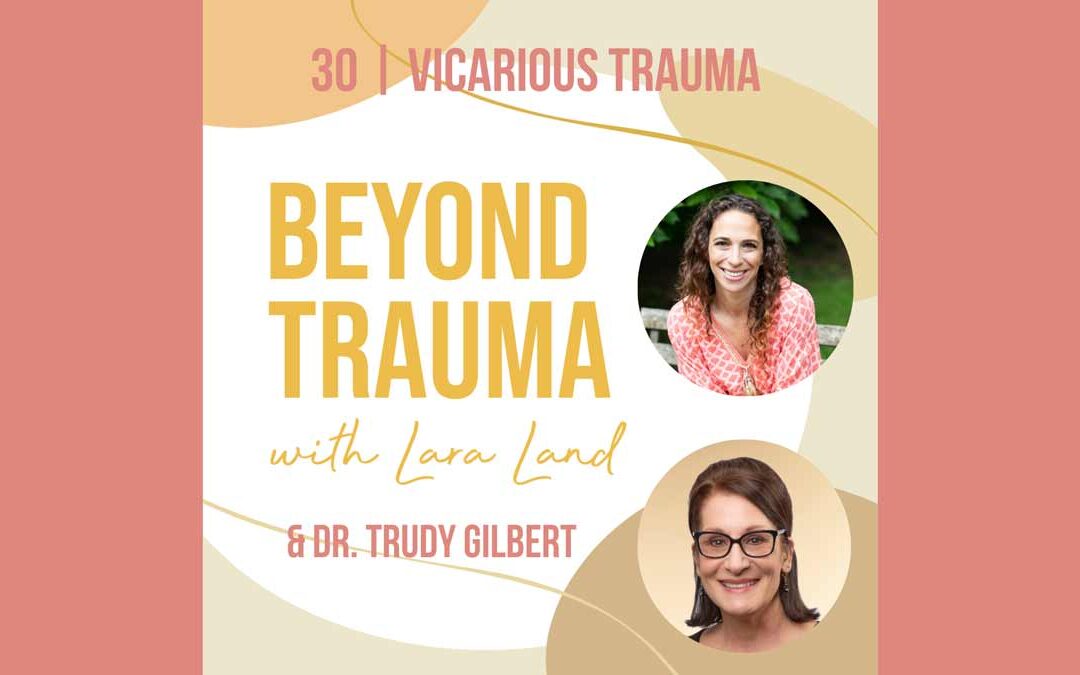
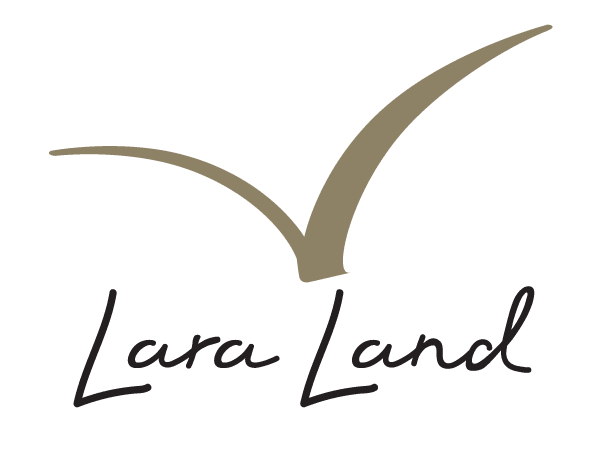
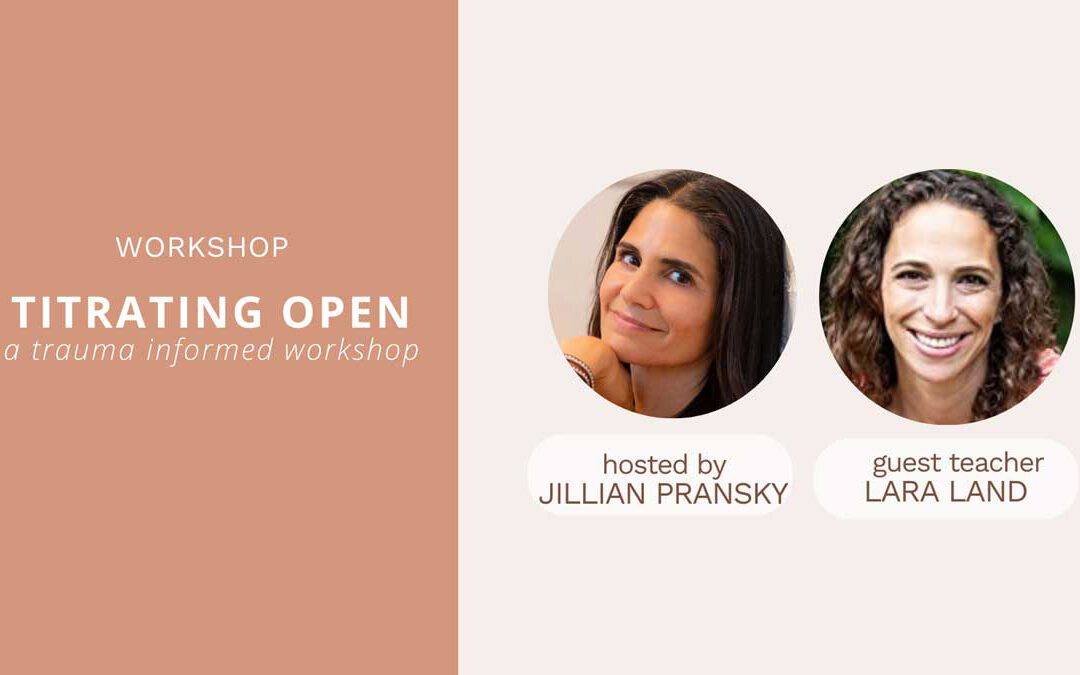
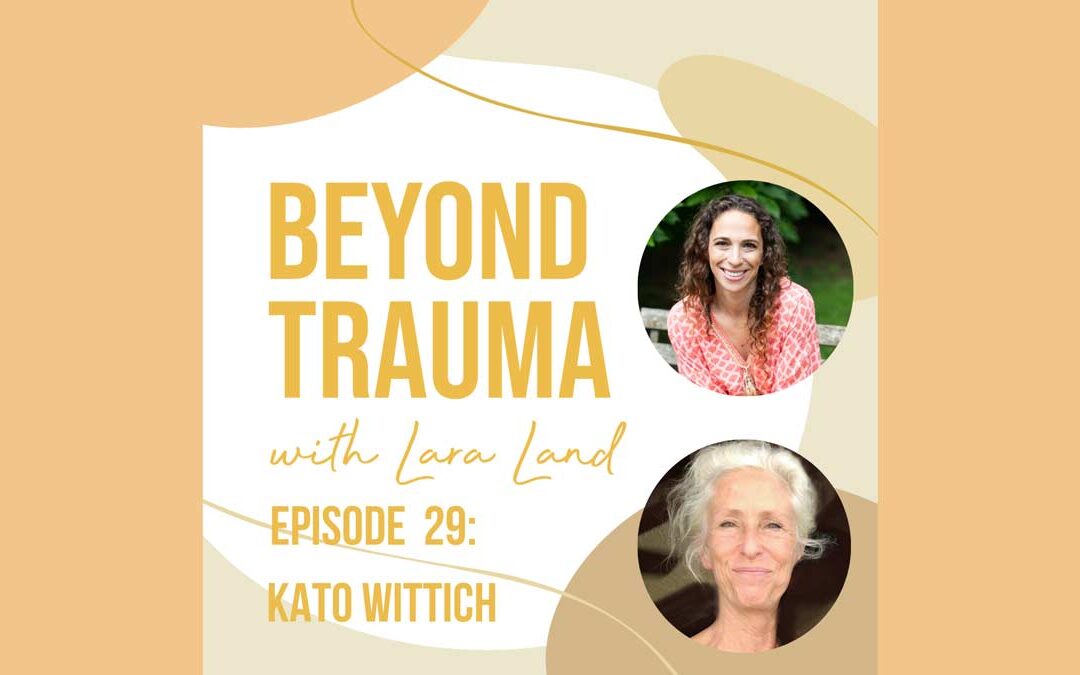
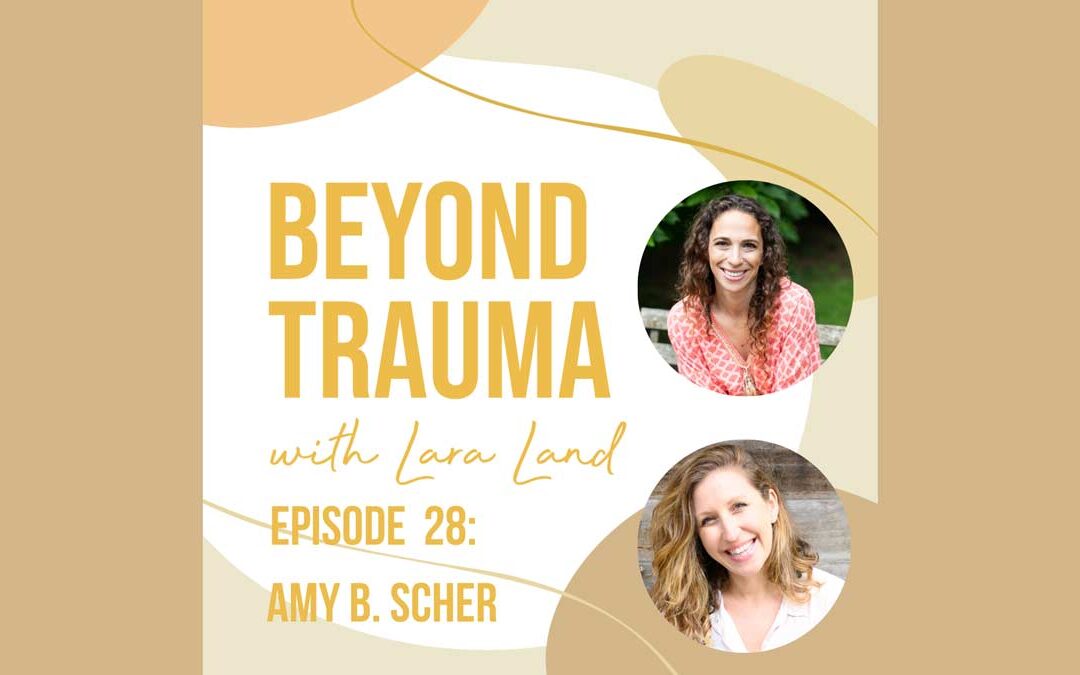
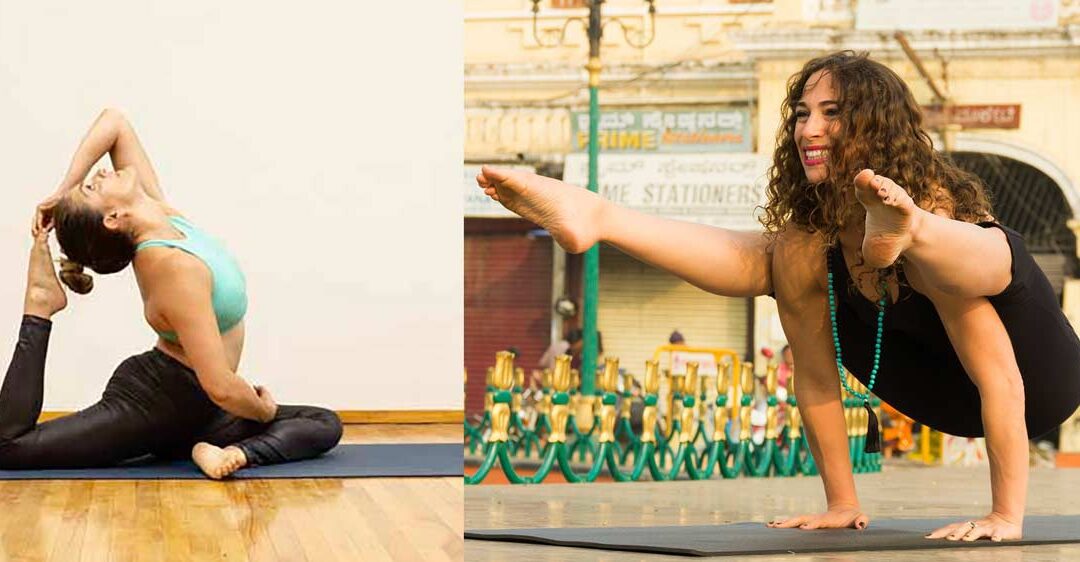
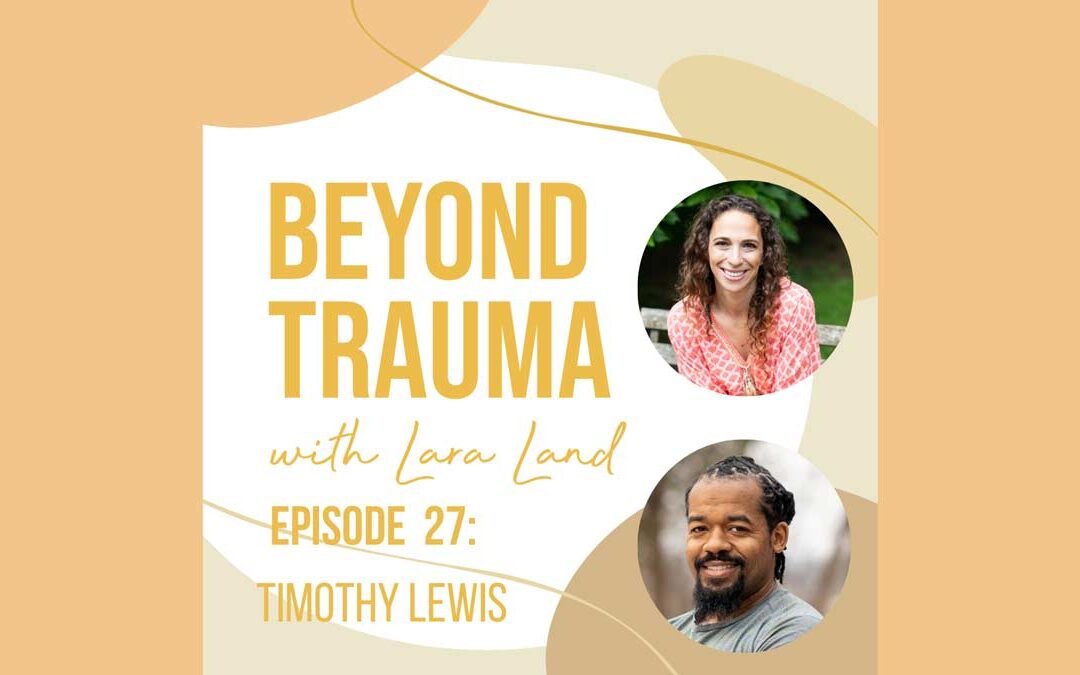
Recent Comments